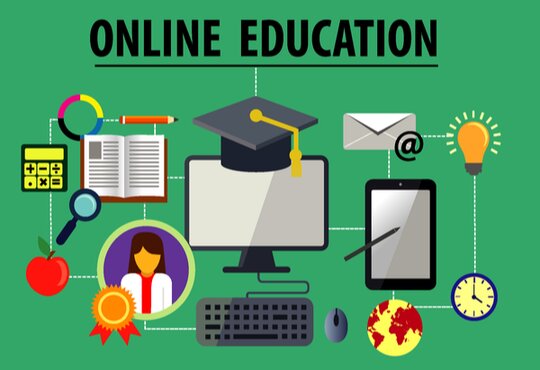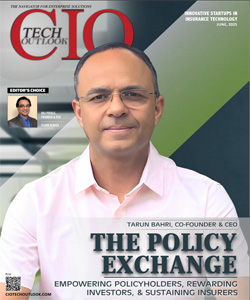Online Teaching Marks A Tectonic Shift In The Educational System
CIOReviewIndia Team | Monday, 02 November 2020, 09:37 IST
 In between the disruptions caused by 2020, with indefinite closure of schools, colleges, and universities, where learning vacuum for students is created, the crisis is effectively managed, resulting in a tectonic shift in the educational system from offline teaching to online teaching, where unprecedented teachers, parents, and students made the largest pivot worldwide, turning towards online learning. Online education is the new normal.
In between the disruptions caused by 2020, with indefinite closure of schools, colleges, and universities, where learning vacuum for students is created, the crisis is effectively managed, resulting in a tectonic shift in the educational system from offline teaching to online teaching, where unprecedented teachers, parents, and students made the largest pivot worldwide, turning towards online learning. Online education is the new normal.
With significant and ongoing debate for online learning, which is not yet as effective as face-to-face learning, and online teaching has given a digital divide to society. Technology is rather important for an educator, which can help in affirming and advancing relationships between educators and students. Every learner witnessed the transition of online teaching in the early 2020s during an emergency, educational institutions are all over the world creating innovative ideas and showing the world incredible work by re-designing learning with a combination of online education and offline teaching, for keeping students engaged. The foremost motive was to deliver class-apart education for the students, for which purposefully designed online learning got created and added new dimensions to a student’s learning.
With The Digital India Campaign, it is a transformation of the nation into a digitally empowered society, where an army of tech-enabled youth-gen is required to have critical thinking ability, creativity, and stronger conceptual understanding. It will encourage students to stay self-motivated.
With the fusion of digital, human, and humane skills, the new reality is preparing students for the future, whereby online teaching is regarded as the better option, but in a country, as diverse as India, where the delivery of tech-driven education cannot cater to all sections of the society, online learning faces challenges. It has unequal access for students to learning devices, internet connection, and inadequate space at home for learning, and teachers’ inability to deliver online teaching. The classes, customized online content in short, supply and impact the continuous online exposure on health.
These are the realities that must be acknowledged and the risks in shifting education must be accepted. Students in richer households have better access to the internet and computers than others. At the same time, we have to accept the fact that education is not about technology, but also about learning, interacting, and developing soft skills and social capital, which only schools can provide through in-person teaching. A teacher influences a student in the classroom, which is more impactful than online teaching. The pace of learning is also not determined by the teacher and in in-person teaching, the teacher assumes the role of not only a facilitator but also provide great support to marginalized learners.
In India, we have to accept, that online teaching is not a silver bullet for everyone. A blend of offline and online teaching should be the path for the future. The future has immense caliber for striving towards excellence and definitely, they can build a strong self-reliant India, embracing the role of technology in shaping the education system.




